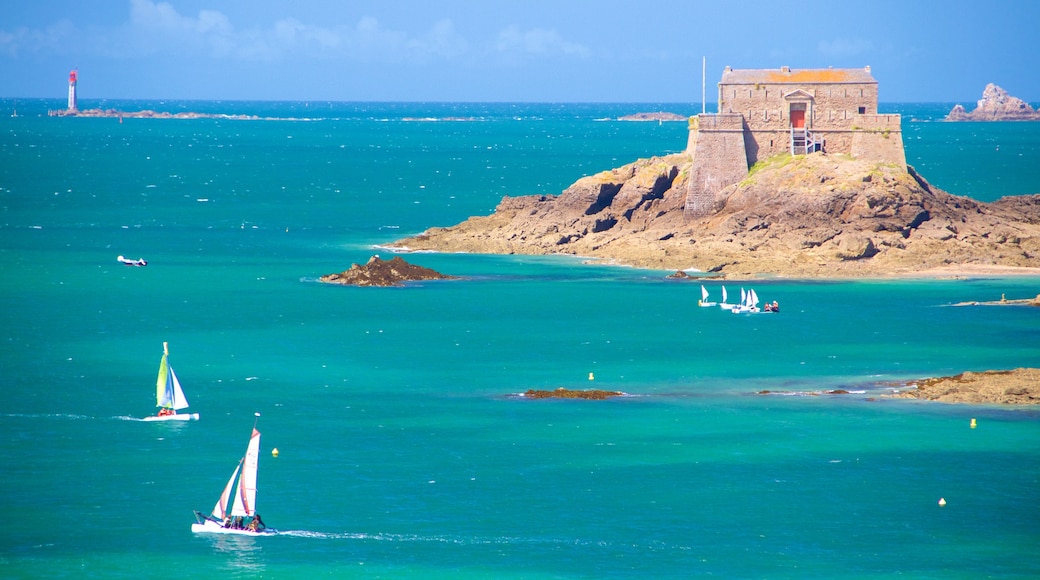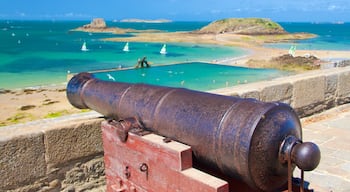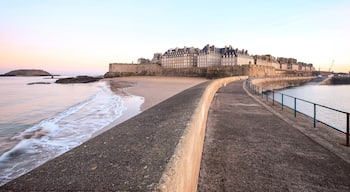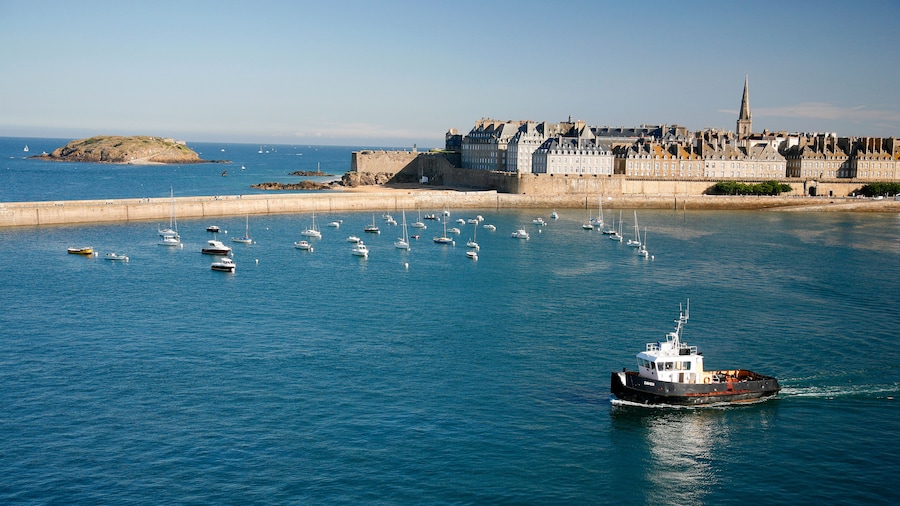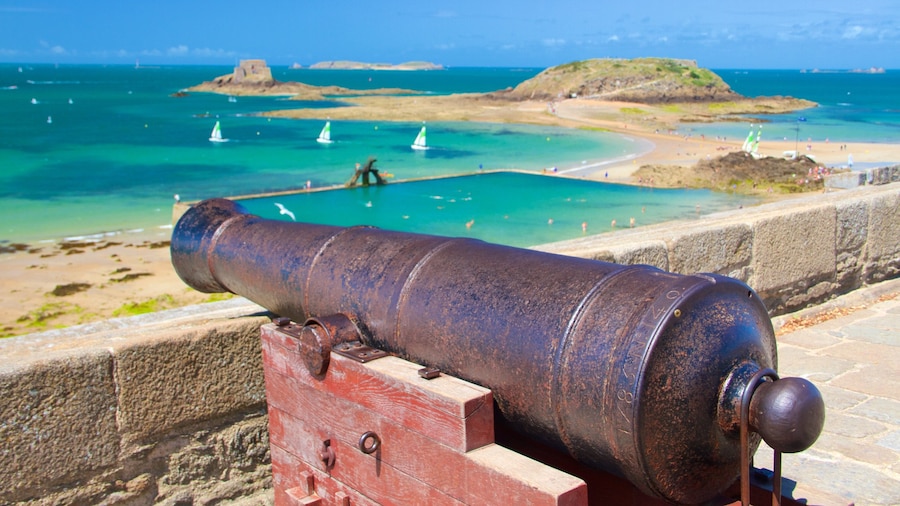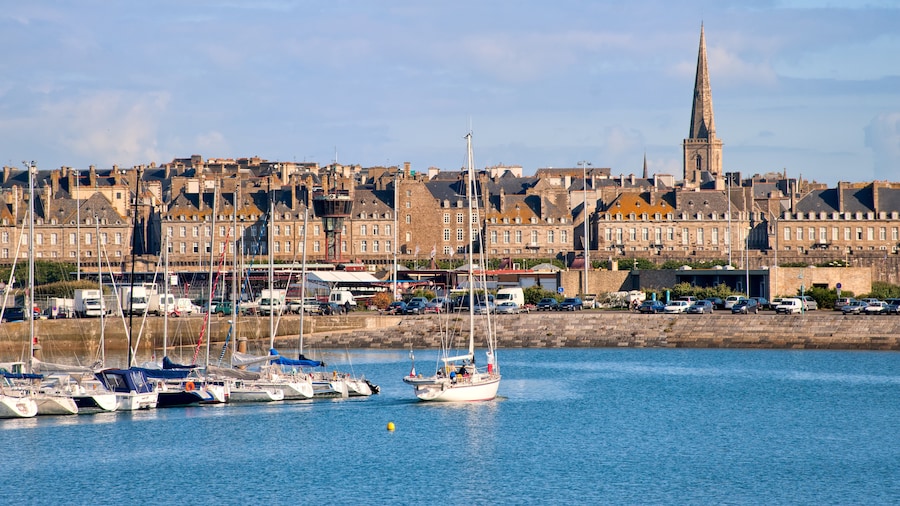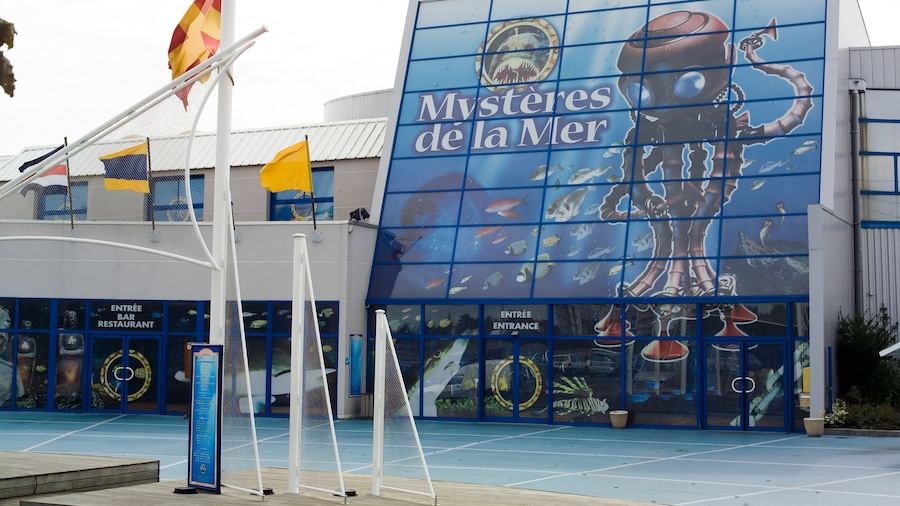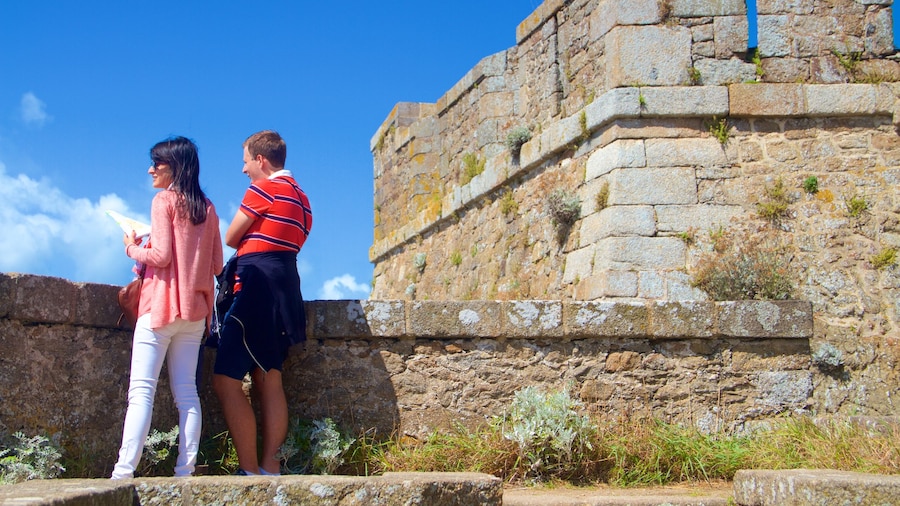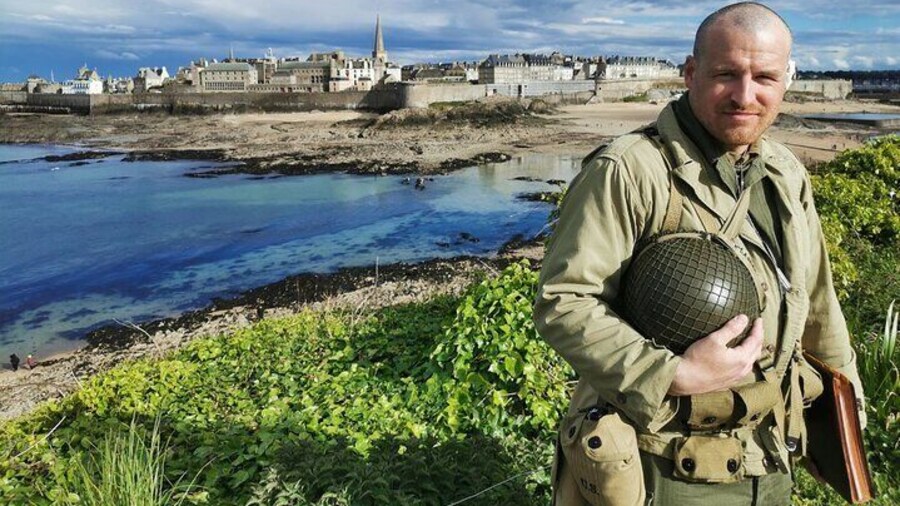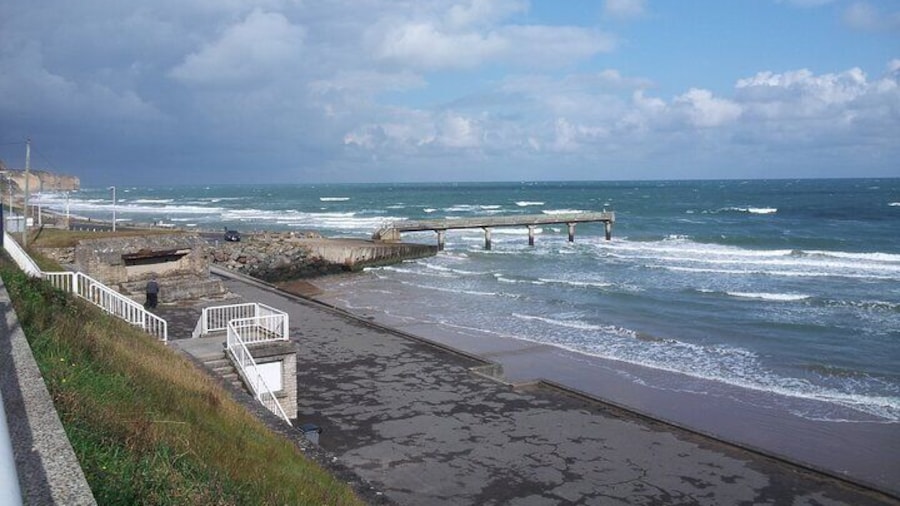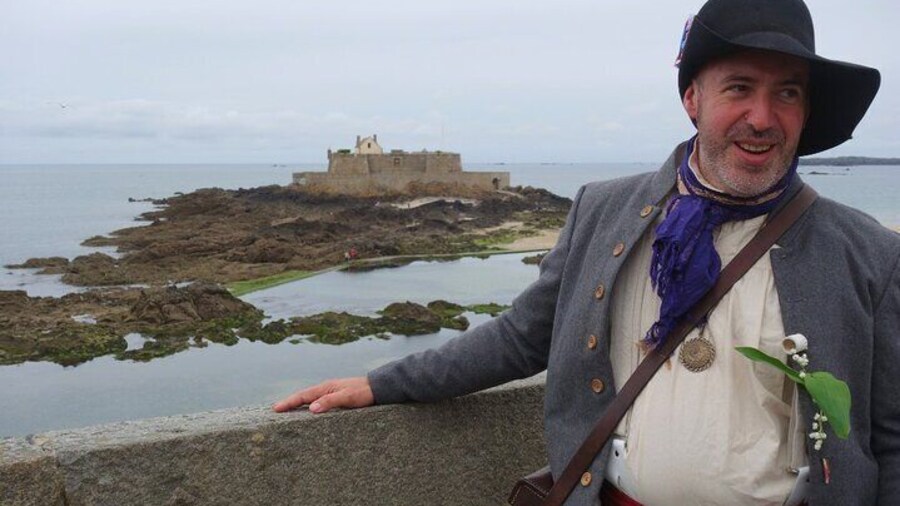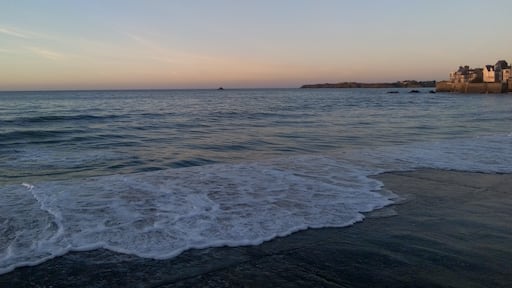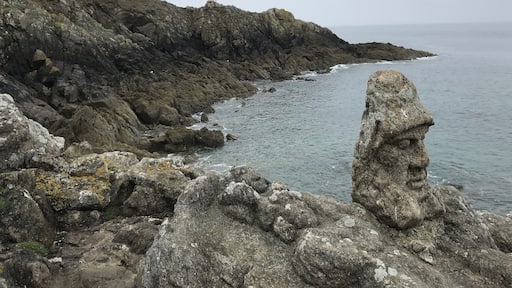The walled city of Saint-Malo has an intriguing past, entwined with World War I, pirates and ancient walls. It is a pretty area with a large port that bears the brunt of storms and large waves. Spend the afternoon walking along the beach and learn about the pirates that invaded in the 17th century.
In the summer, the region is hot and sunny, attracting foreigners from the Channel Islands and the south of England. Winters are cold, wet and stormy, creating a moody atmosphere along the beaches.
Enter through the 12th-century walls to the part of the city known as La Ville Intra-Muros. Here, you will find restaurants, hotels and shops. Take a tour on the city’s little train to get a better understanding of Saint-Malo and its main sights. Visit the Musée d’HistoireOpens in a new window to understand its fascinating history, from fortifications to pirates and war. See its intriguing objects, such as the prow of a ship.
In World War II, the city was almost entirely wiped out by American shelling and the British. As a result, most of the buildings in the city stem from the 1950s. However, some fascinating historical structures remain, such as the 14th-century Solidor Tower.
Take the kids to the Great Aquarium Saint-Malo to see the range of colorful marine creatures on display. Go with the family to the Labyrinthe du Corsaire, an amusement park with a pirate theme.
Find out about the walls and fortifications at historic structures, such as the Fort NationalOpens in a new window and the Fort de la Conchée.
Try some of the local delicacies, such as the oysters that come from nearby Cancale.
Saint-Malo is by the English Channel in the northwest of France. The commune is a part of the Ille-et-Vilaine department in Brittany. There is a small airport nearby, as well as ferries from Plymouth and Portsmouth in England. The 250-mile (400-kilometer) journey east to Paris should take 4 hours by car.
The bridges, beaches and port that are dotted around historic war ravages make Saint-Malo a scenic and informative destination.
